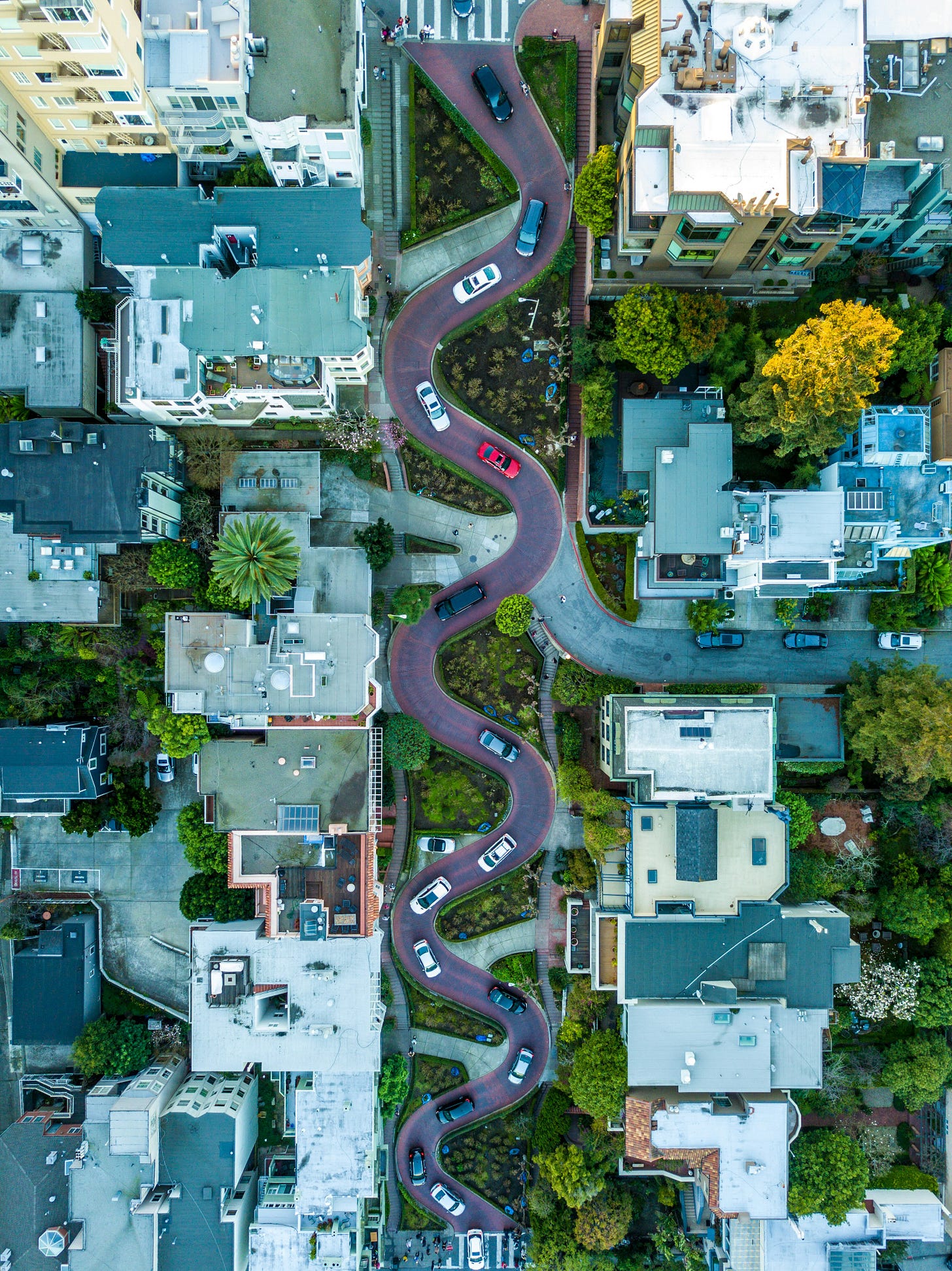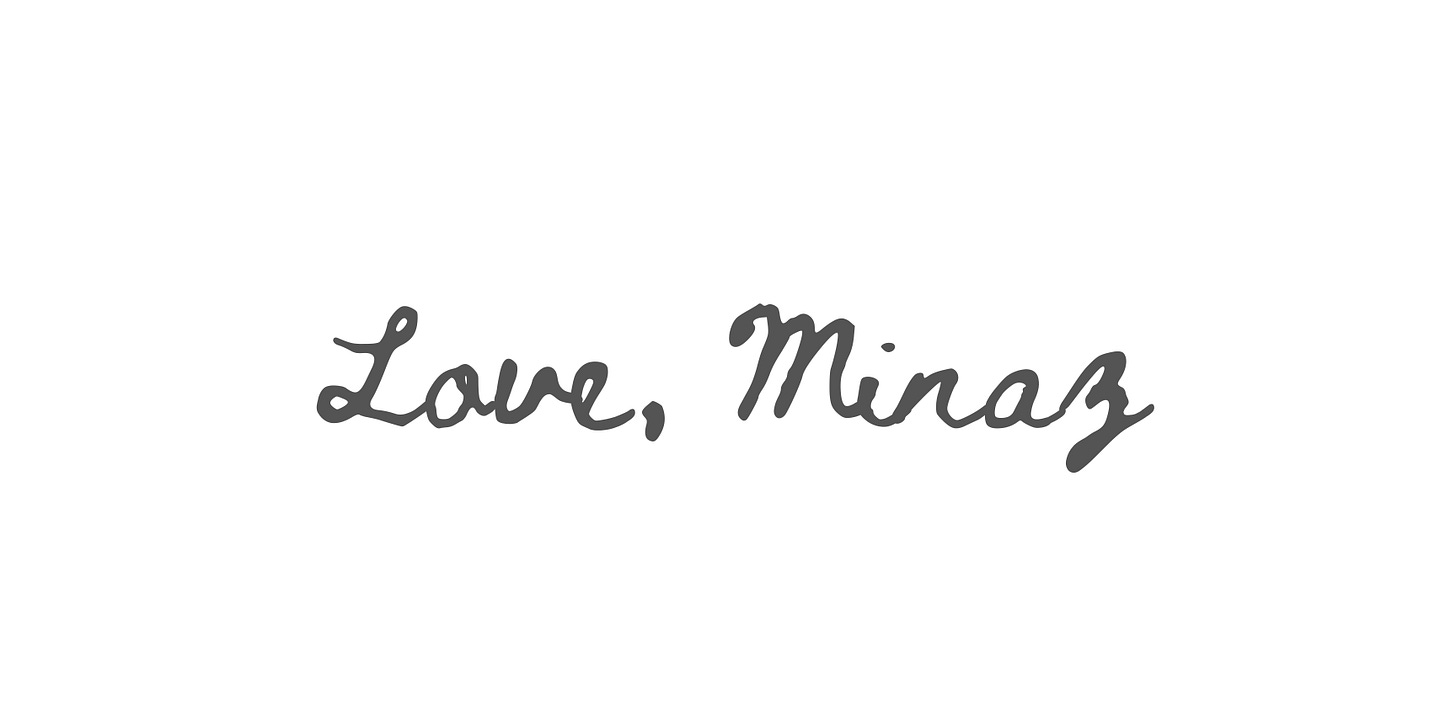We wake up every morning in a bed designed to facilitate sleep. We pick up our smartphones, a device designed to do an incredible number of tasks including buzzing an alarm, booking tickets, shopping, playing music, streaming cinema, finding and filing information, sending messages and of course, making calls. From the plumbing facilities in our washrooms to the clothes we wear and the crockery and cutlery we use to dig into our breakfasts, from our automobiles, our streets, our office furniture, to the zillion other things we use during the day, are all a product of deliberate design.
Our natural world is a museum of the creative design forces that shape our magnificent universe. From the network of veins on a leaf to the design of a tree that processes things to produce food and precious oxygen, from the aerodynamic design that enables the flight of the delicate dragonfly to the stunning patterns on a tiger’s back that help create a natural camouflage, nature brings us face to face with breathtaking beauty, and deliberate design.
Design is ubiquitous.
We live in a universe shaped by design. Every activity we perform, every thought we think and every emotion we feel is experienced in a spatial realm shaped either by the design of nature or human creativity. However, we also live in a digital world dominated by the visual aspects of design, where the most complex ideas are often reduced to fit into our Instagram frames and other digital platforms on our screens. Here, the ordinary and the profane can be made to look great with a great camera, the perfect crop and the right filter. The focus hence, is flimsy and often false.
So, what does good design really look like behind these frames and filters? What are the aspects that make a design wholesome and timeless? How does that design help shape a better world?
If we zoom out from digital frames to the real world, design is a nuanced balance between universality and context, innovation and learning from the past, and most importantly utility and aesthetics.
Design influences human behaviour.
Every day the design of our environments prompt us to move along certain routes, sit, stand and sleep in a certain place, in a certain posture and facing a certain view. The amount of light that penetrates the rooms we use, the movement of breeze and sound in the space, and most importantly, usefulness and comfort is determined by a design choice, making functionality a significant driver in the design process.
“Design is not just what it looks like and feels like. Design is how it works.”
— Steve Jobs
Every design exists within an ecosystem of nature. How well your design performs in tandem with the natural systems is a significant marker of its success. How much energy does your building guzzle? How resilient is it to the various forces of change? Does the design of our buildings and products follow a circular approach from the point it is conceived to when it is dismantled or demolished or discarded? Does the design leave our planet enriched or impaired by its existence? The answer to these questions determines the success of one’s design.
Every design needs to be inclusive. It plays a crucial part in society as it engages with innumerable users coming from diverse groups who age and change over time. Are our cities designed for children? The differently abled? The elderly? Do all genders feel safe in the spaces we design? Do our products fulfil the needs of different social and economic groups? User centric design is not a privilege, but a burning need.
However, does the focus on inclusion, function and environment mean that form and beauty are irrelevant? Definitely not!
As Buckminister Fuller rightly said, “When I am working on a problem, I never think about beauty but when I have finished, if the solution is not beautiful, I know it is wrong.”
The designer's role is a careful balancing act that provides design solutions that are shaped to exude a timeless beauty that emerges out of function, resilience, response to environment and inclusion of people - a design that is truly humane.
If you are reading this, I am very grateful. A warm welcome to all the new subscribers. Do like, share, subscribe and comment to enable this reader supported publication to reach out to the world.









Who would have thought that design creates so many questions. We are surrounded by design, not only in buildings, but landscapes and human beings also. Without knowing it we are designing things constantly. In my case it may be the way I place furniture around the house, plan a meal, lay it on the plate, the way I dress and even my daily walk.
Excellent essay in answer to the difficult question, “What is good design?” It’s more than just the visual element.